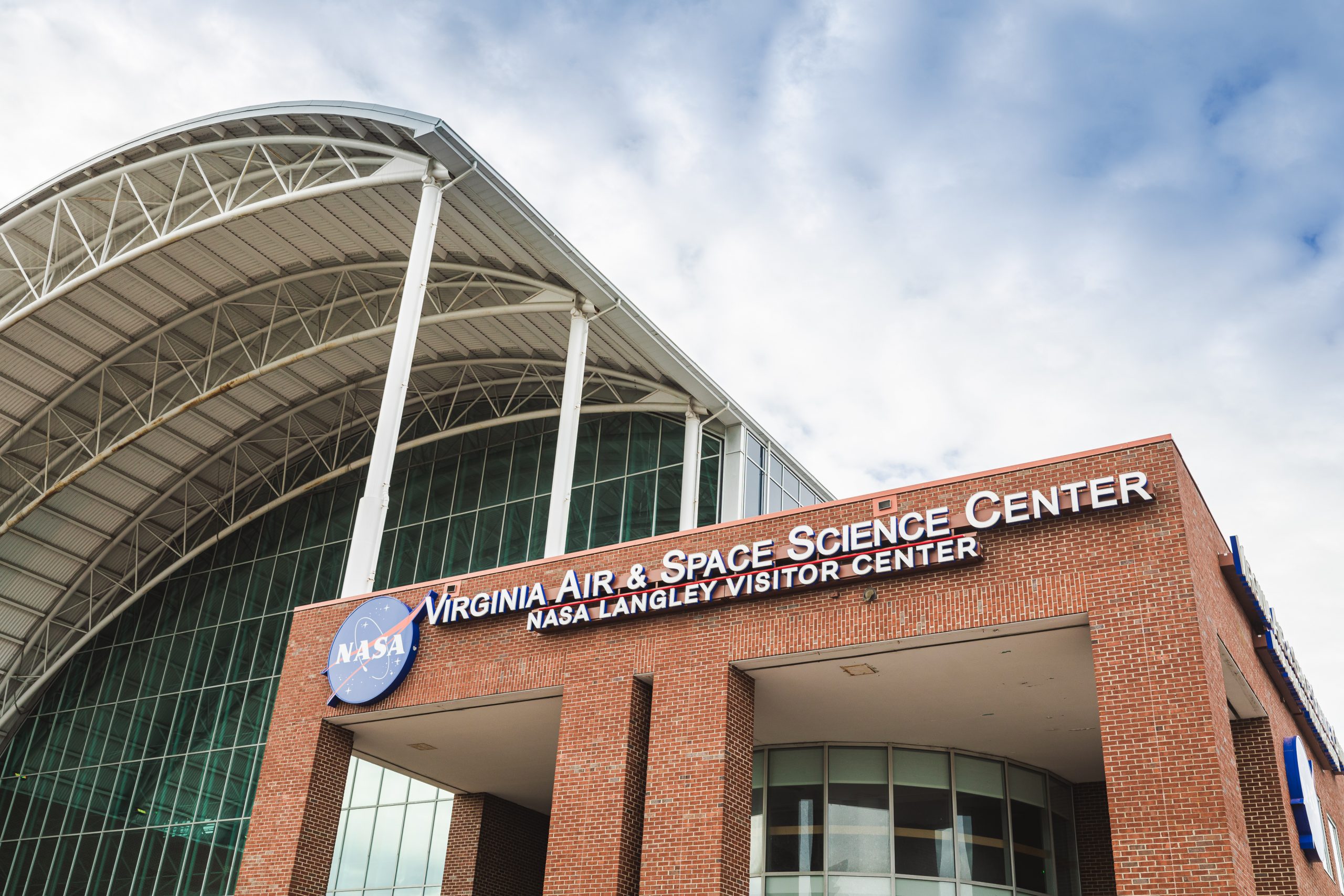

The Virginia Air & Space Science Center is celebrating more than 25 years of educational excellence as the official visitor center for NASA Langley Research Center.
Located in Hampton, Virginia, the birthplace of America’s space program, the Virginia Air & Space Science Center features interactive aviation exhibits spanning 100 years of flight, more than 30 historic aircraft, a hands-on space exploration gallery, unique space flight artifacts, and more! The Center is home to the Apollo 12 Command Module and the Orion PA-1 Test Vehicle.
Our Mission and Vision
The Mission of the Virginia Air and Space Science Center (VASSC) is to ignite curiosity and innovation in STEM through education, discovery, and interactive experiences for explorers of all ages.
The Vision of the VASSC is to create a future where limitless curiosity and exploration in air and space drive humanity’s progress, inspiring generations to innovate and discover through transformative education, groundbreaking research, and dynamic community partnerships.
A Proud NASA Visitor Center
As one of only 15 official NASA Visitor Centers in the United States, the Virginia Air & Space Science Center (VASSC) offers immersive, hands-on experiences that bring STEM education to life. From exploring cutting-edge technologies to engaging with interactive exhibits and uncovering the past, present, and future of space exploration, VASSC inspires visitors of all ages with the boundless potential of science and innovation.
Proudly serving as the official visitor center for NASA’s Langley Research Center, VASSC connects the public to the pioneering research and discoveries shaping our world—and beyond—while sparking curiosity and a lifelong passion for exploration.
The Legacy of the Virginia Air and Space Science Center
In 1985, inspired by the forward-thinking vision of community leaders, the Hampton City Council, NASA, and key public officials set out to create a world-class educational and cultural destination. Their goal was bold: to establish a center that would celebrate the region’s rich history in aviation and space exploration while inspiring future generations.
After seven years of planning and development, that vision took flight with the opening of the Virginia Air and Space Science Center (VASSC) on April 5, 1992. Since then, VASSC has continued to build on its legacy, offering immersive experiences in science, technology, engineering, and mathematics (STEM) for visitors of all ages.
Today, VASSC proudly serves as the official visitor center for NASA’s Langley Research Center, connecting the public to groundbreaking research and innovation while igniting curiosity and a passion for discovery
A World-Class Science and Aviation Hub
Recognized nationwide, the Virginia Air and Space Science Center is a non-profit institution dedicated to preserving and interpreting the nation’s remarkable achievements in air and space exploration. Through engaging exhibits and innovative educational programs, VASSC inspires curiosity and fosters a deeper appreciation for the sciences among students, educators, and the public.
Immersive Exhibits and Interactive Exploration
VASSC showcases over a century of aviation history, featuring more than 30 historic aircraft, a dynamic space exploration gallery, and an extensive collection of rare spaceflight artifacts. Visitors can engage with 35 hands-on exhibits, including interactive touch-table computers, a state-of-the-art digital airport, a MaxFlight simulator, a literacy center, a sonic boom experience, and an IMAX theater.
The center also boasts 40 static STEM displays, including the Sea to Stars models in the space gallery, educational signage, the Gemini and Mercury Solarium, a planetarium, and a wind tunnel—offering an unparalleled learning experience.
Home to Historic Spaceflight Artifacts
VASSC is home to some of the most significant artifacts in space exploration history, including:
-
Apollo 12 Command Module “Yankee Clipper” – This historic spacecraft carried astronauts Charles “Pete” Conrad, Jr., Alan L. Bean, and Richard “Dick” F. Gordon, Jr. to the moon on November 14, 1969, as part of NASA’s Apollo program.
-
Orion Pad Abort-Test Vehicle – A crucial component in the development of NASA’s Orion spacecraft, designed for deep-space exploration.
-
Mercury 14 & Gemini Space Capsules – Showcasing the early days of America’s journey into space.
